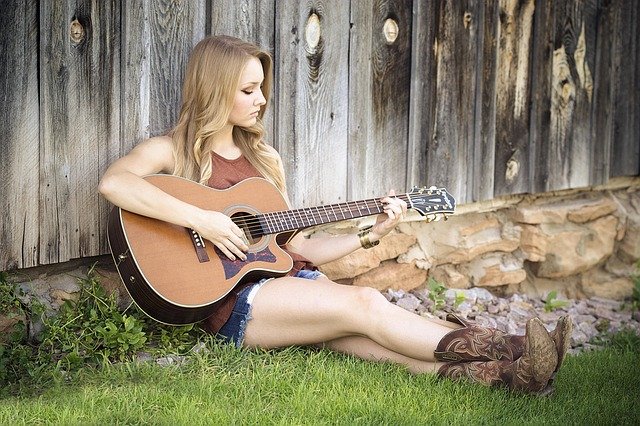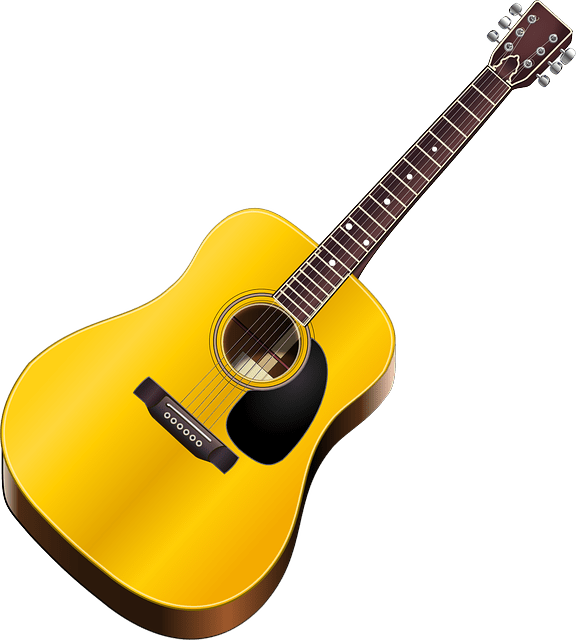The first step to playing the guitar!
Introduction
If you’re reading this article, it’s likely that you’re a beginner at playing the guitar, well first and foremost, allow us to introduce you to the wonderful word of this six-stringed (sometimes more) instrument! The first thing you should learn is how to hold a guitar neck properly, which is exactly what we’ll show you today. Let’s begin!
Why proper posture matters
Posture is one of the most overlooked aspects of guitar playing. The way you sit and hold your guitar while playing matters a lot! Improper posture can cause tension in your muscles, which can be painful/harmful over longer periods of time. It also restricts your movement, thereby affecting your accuracy and speed. If you find that your guitar playing skills aren’t improving, it is likely that your posture needs help.
A correct posture will help you train efficiently and happily. You’ll be able to focus completely on playing the guitar and not how much your back hurts. So remember to not hunch over your guitar and keep your back nice and straight!
How to hold a guitar neck
Learning how to hold a guitar neck has two aspects to it, standing up and sitting down. Let’s take a look at both!
While sitting down
The dip of your guitar should rest upon your thigh, corresponding to your strumming hand. Left thigh if you’re a leftie and right thigh if you’re a rightie. Your knees are very important while holding your guitar, as they act as the support for it.
Your back should be straight and not hunched. The guitar should also be straight up against your chest. If you’re a beginner, you may tilt it at a slight angle to see the frets, but this isn’t a habit you’d want to adapt to your system. Which is why you should focus on good posture from the start.
Coming to your hands, your fret hand should be holding the guitar’s neck at an angle preferably less than 45 degrees, with 45 degrees being the standard for holding a classical guitar. This will allow you to reach the complete fretboard without any strain. On the other hand (pun intended), your strumming hand has two tasks. To support the guitar and to strum it. It’ll rest pointed outwards straight on the bottom curved part of the guitar next to the dip.
While standing up
When you’re standing up, the only major factor that’ll affect how you hold and play your guitar is the strap. Your strap shouldn’t be too loose or too tight. Keep it just tight enough so that you can wrap your fingers around the neck properly and reach the fretboard and just lose enough that playing doesn’t feel uncomfortable.
Same as sitting down, maintain an angle that allows you to play comfortably without any strain, preferably less than 45 degrees. In this case, too, your strumming hand should point outwards from the top-bottom curve of the guitar. A common mistake beginners make while playing standing up is that they let their strumming hand go behind their back. Doing this will restrict your movement, so it’s best to avoid it!
How to hold a pick
Turn your hand so that your palm faces toward you. Next, make sure the pick is between the center of the top part of your thumb and the middle of your index finger, with about half the pick outside your fingers.
Holding a pick is about maintaining the balance between holding it too tight and holding it too loose. A pick held too tight can cause pain in your hand and also sound weird, while a loose pick always carries the risk of getting thrown away.
Quick Tip: The smaller area of your pick that you leave outside of your thumb and index, the closer you can get to the strings. This is useful for playing individual strings, while leaving out more of the pick is advised for strumming!
Final Thoughts
To conclude, proper posture will help you tons while learning the guitar! Remember to hold the neck at an angle of less than 45 degrees and don’t hunch your back. We hope this article successfully taught you how to hold a guitar neck, thanks for reading!




